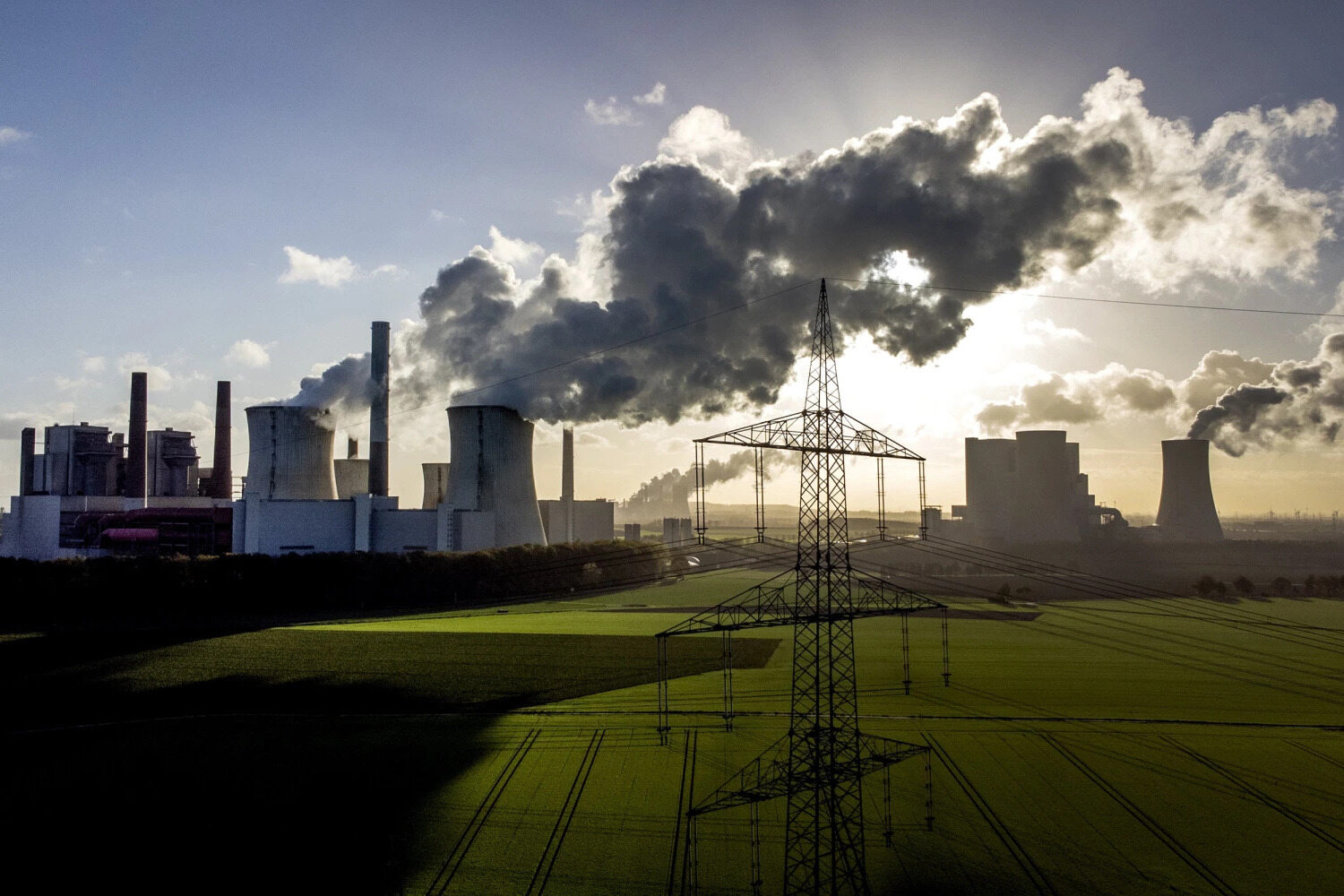
Emissions impact our planet in ways we often overlook. From the air we breathe to the climate we experience, emissions play a crucial role. But what exactly are emissions? Emissions refer to the release of gases and particles into the atmosphere, primarily from human activities like burning fossil fuels, industrial processes, and agriculture. These emissions contribute to air pollution and climate change, affecting both our health and the environment. Understanding the sources and effects of emissions can help us make informed decisions to reduce our carbon footprint. Ready to learn more? Here are 36 eye-opening facts about emissions that will change how you see the world.
What Are Emissions?
Emissions refer to the release of substances into the atmosphere. These substances can be gases, particles, or other pollutants. Understanding emissions is crucial for tackling environmental issues.
- Emissions can come from both natural sources, like volcanoes, and human activities, such as burning fossil fuels.
- Carbon dioxide (CO2) is the most common greenhouse gas emitted by human activities.
- Methane (CH4) is another potent greenhouse gas, often released from livestock and landfills.
- Nitrous oxide (N2O) emissions mainly come from agricultural activities and industrial processes.
- Water vapor is the most abundant greenhouse gas, but its levels are not directly influenced by human activities.
Sources of Emissions
Different activities and processes contribute to emissions. Knowing these sources helps in creating strategies to reduce them.
- Transportation, including cars, trucks, and airplanes, is a major source of CO2 emissions.
- Power plants burning coal, oil, or natural gas release large amounts of CO2 and other pollutants.
- Deforestation contributes to CO2 emissions by reducing the number of trees that can absorb CO2.
- Industrial processes, such as cement production, release CO2 and other pollutants.
- Residential heating and cooking, especially using wood or coal, contribute to air pollution.
Effects of Emissions on Health
Emissions don't just affect the environment; they also have significant impacts on human health.
- Air pollution from emissions can cause respiratory diseases like asthma and bronchitis.
- Long-term exposure to polluted air can lead to cardiovascular diseases.
- Emissions of sulfur dioxide (SO2) and nitrogen oxides (NOx) can cause acid rain, harming ecosystems and human health.
- Particulate matter (PM) from emissions can penetrate deep into the lungs, causing various health problems.
- Ground-level ozone, formed from emissions, can irritate the respiratory system and reduce lung function.
Climate Change and Emissions
Emissions play a significant role in climate change. Understanding this connection is vital for addressing global warming.
- Greenhouse gases trap heat in the atmosphere, leading to global warming.
- Increased emissions have led to a rise in global temperatures over the past century.
- Melting ice caps and glaciers are a direct result of increased emissions and global warming.
- Rising sea levels, caused by melting ice and thermal expansion, threaten coastal communities.
- Extreme weather events, such as hurricanes and heatwaves, are becoming more frequent due to climate change.
Reducing Emissions
Efforts to reduce emissions are essential for mitigating their negative impacts. Various strategies can be employed to achieve this goal.
- Switching to renewable energy sources, like solar and wind, can significantly reduce CO2 emissions.
- Improving energy efficiency in homes and buildings can lower emissions.
- Using public transportation, biking, or walking instead of driving can reduce emissions from transportation.
- Reforestation and afforestation can help absorb CO2 from the atmosphere.
- Implementing stricter emissions regulations for industries can reduce pollutants.
Technological Innovations
Technology plays a crucial role in reducing emissions. Innovations can help us tackle this issue more effectively.
- Electric vehicles (EVs) produce zero emissions and are becoming more popular.
- Carbon capture and storage (CCS) technology can capture CO2 emissions from power plants and industrial sources.
- Smart grids can optimize energy use, reducing emissions from electricity generation.
- Advanced agricultural practices can reduce methane and nitrous oxide emissions.
- Innovations in waste management can reduce emissions from landfills.
Global Efforts and Policies
Countries around the world are taking steps to reduce emissions. International cooperation is key to addressing this global issue.
- The Paris Agreement aims to limit global warming to below 2 degrees Celsius by reducing emissions.
- Many countries have set targets for reducing their greenhouse gas emissions.
- Carbon pricing, such as carbon taxes or cap-and-trade systems, can incentivize emission reductions.
- International organizations, like the United Nations, play a role in coordinating global efforts to reduce emissions.
- Public awareness campaigns can educate people about the importance of reducing emissions.
The Future of Emissions
Looking ahead, the future of emissions depends on the actions we take today. Sustainable practices and policies can make a significant difference.
- Investing in research and development for new technologies can help reduce future emissions.
The Bigger Picture
Understanding emissions is crucial for our planet's future. Every small action, like reducing plastic use or opting for public transport, can make a difference. Greenhouse gases trap heat, leading to global warming. This impacts weather patterns, sea levels, and wildlife. Renewable energy sources like solar and wind power offer cleaner alternatives to fossil fuels. Governments and individuals must work together to cut emissions. Simple changes, such as energy-efficient appliances and recycling, contribute to a healthier Earth. Awareness and education are key. By staying informed and making eco-friendly choices, we can protect our environment. Remember, every effort counts. Let's strive for a sustainable future, ensuring a better world for generations to come.
Was this page helpful?
Our commitment to delivering trustworthy and engaging content is at the heart of what we do. Each fact on our site is contributed by real users like you, bringing a wealth of diverse insights and information. To ensure the highest standards of accuracy and reliability, our dedicated editors meticulously review each submission. This process guarantees that the facts we share are not only fascinating but also credible. Trust in our commitment to quality and authenticity as you explore and learn with us.
